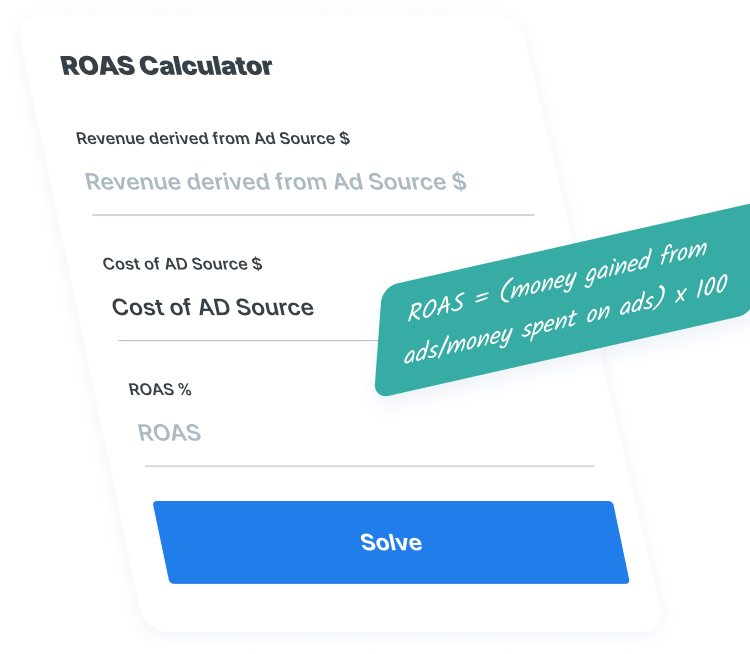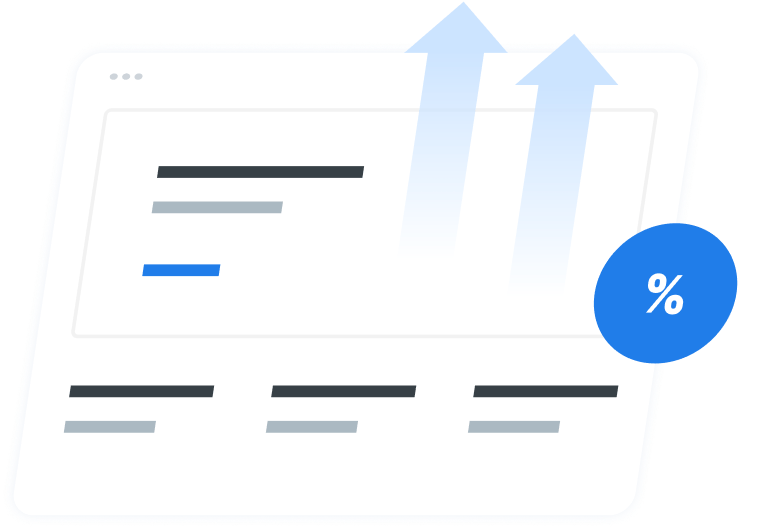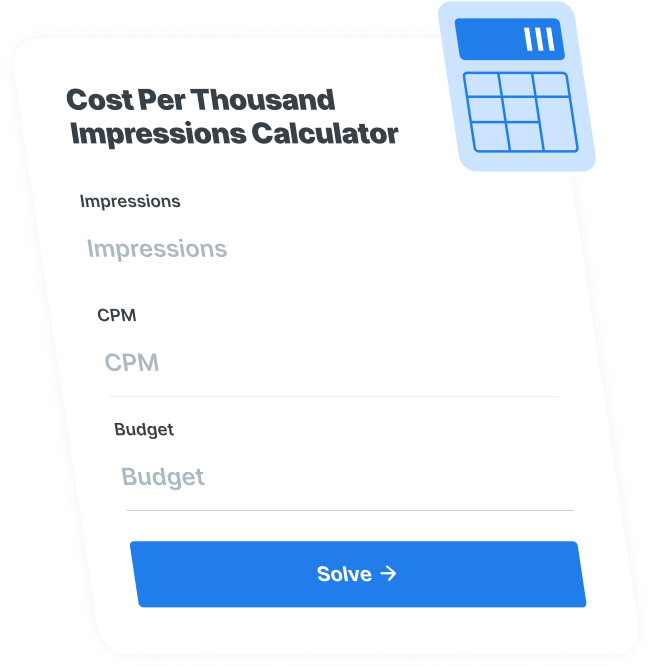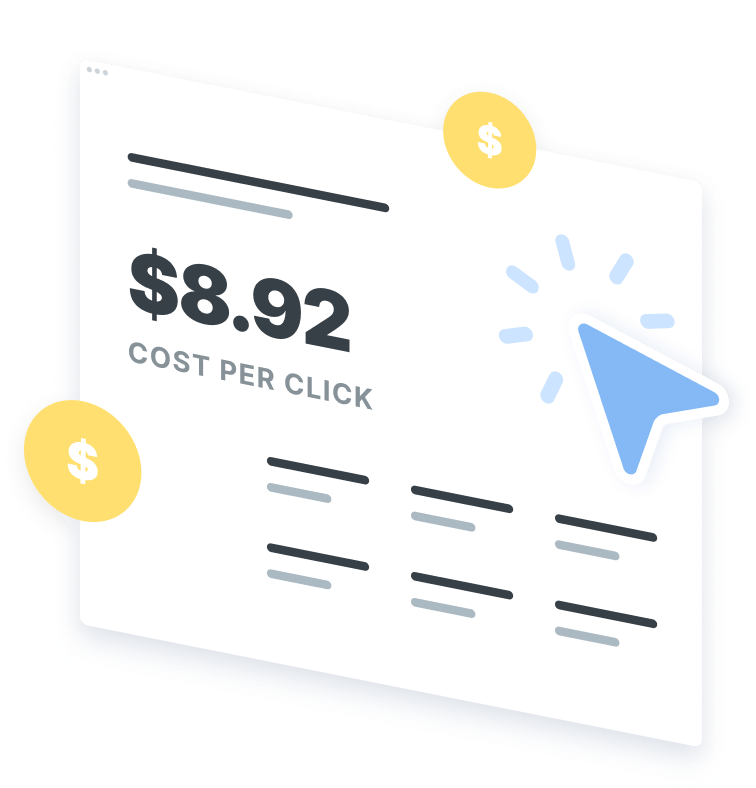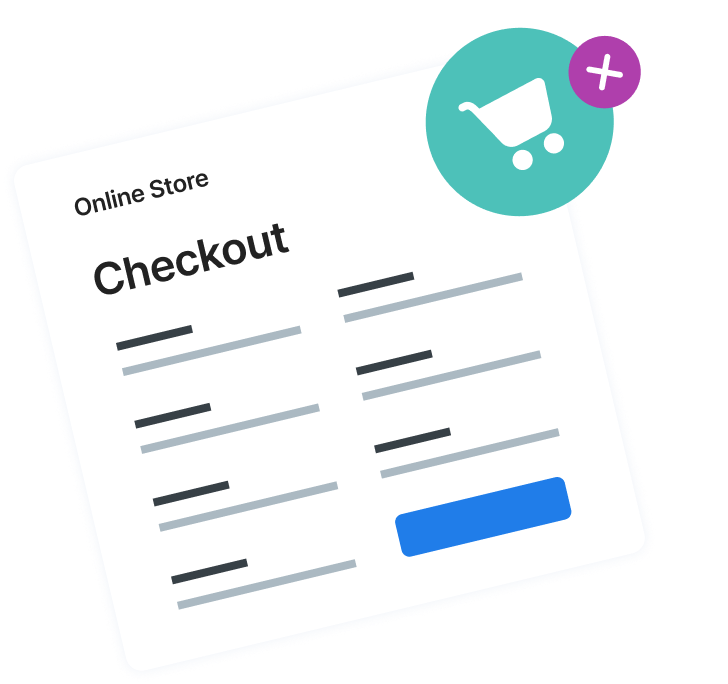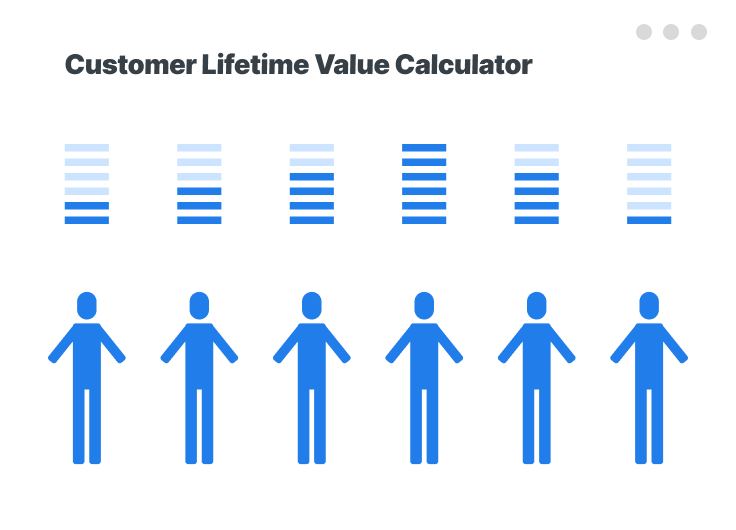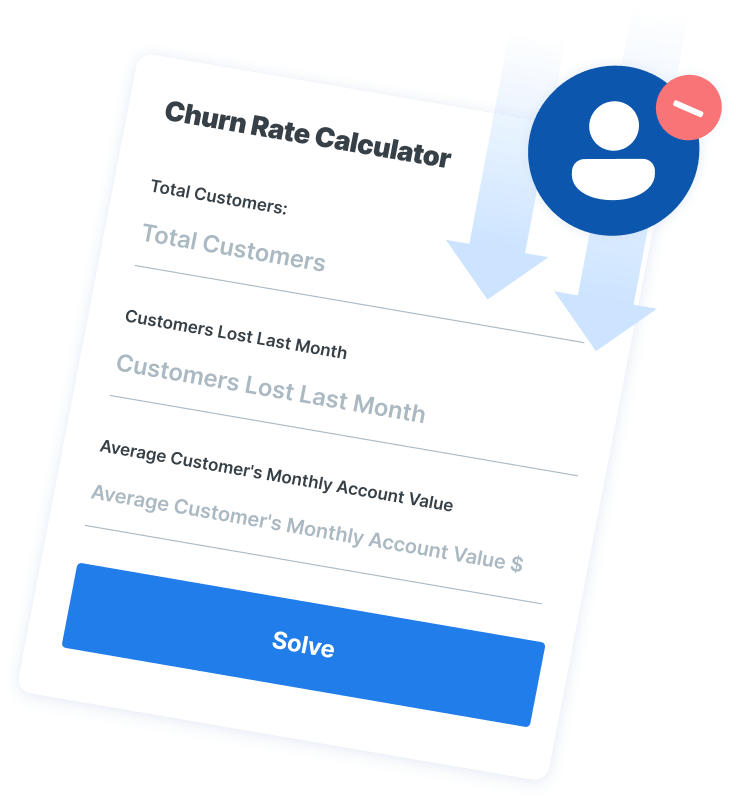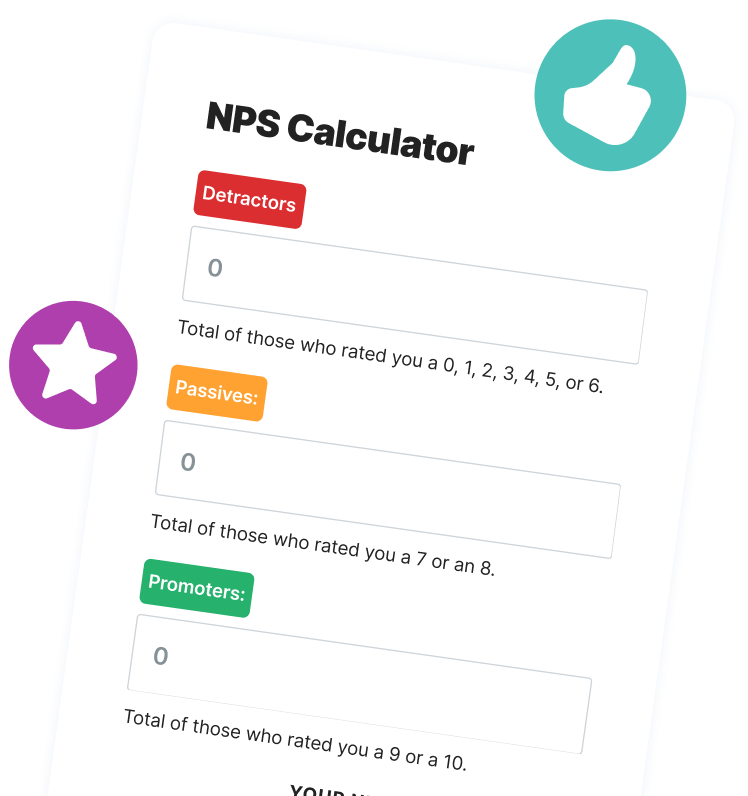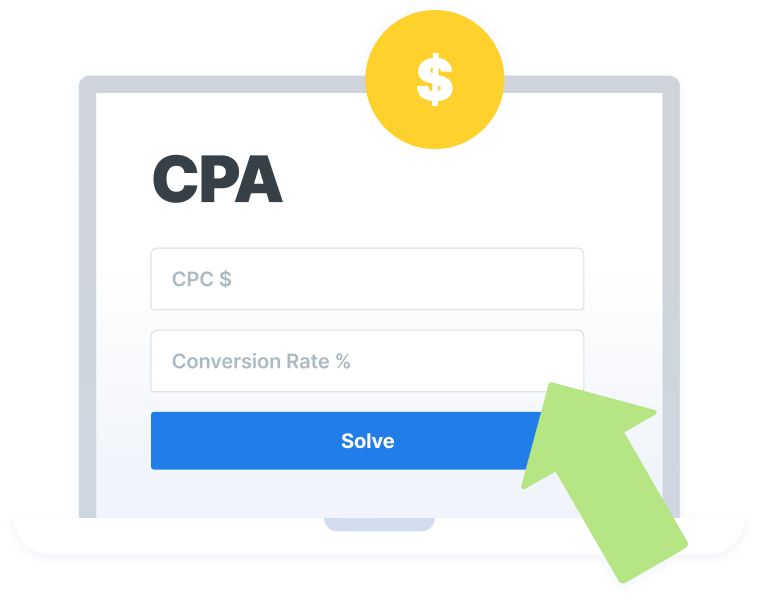
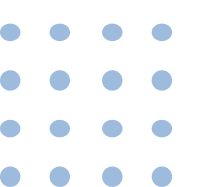
Boost Conversions & Inform Your Strategy with Our Conversion Rate Calculator
Follow these simple steps to calculate your conversion rate and compare it against industry benchmarks
¡
1. Select your industry for accurate benchmarks.
2. Enter your conversion data for the same time period.
3. View and compare your results instantly.

Real results from Our clients
Performance you can measure, results you can trust.
184%
Increase in Organic Traffic
Financial Services Provider
51%
Increase in SQLs
Transportation Manufacture
58%
Increase in Qualified Phone Calls
Global Consulting Firm
All About Conversion Rate
Frequently Asked Questions
What is conversion rate?
Conversion rate is the percentage of your site visitors or ad viewers that complete the desired goal, which is a conversion or purchase.
A high conversion rate is crucial to the success of your business and a low conversion rate means your business might be in trouble.
When you have a high conversion rate, it lets you know that you’re doing something right with your marketing campaign, and a low conversion rate can let you know that something has to change in order to increase the success rate of your calls to action (CTAs) and ads.
Conversion rate calculator formula
Conversion Rate = (Conversions) / (Number of ad interactions)
Benefits of using a free conversion rate calculator
When you use a conversion rate calculator for marketing, you can rest assured that you’ll get a fast, accurate calculation. Not only that, but you glean important information that can change the trajectory of your campaign forever — and it’s free!
It does the math for you
When you start working with numbers from a variety of campaigns, it can be hard to keep track. When you use a conversion rate calculator, however, it will do the math for you!
You don’t have to worry about costly mistakes
You also won’t have to worry about making mistakes. If you make the smallest mistake with your math, it throws off your entire marketing campaign completely.
For example, if you accidentally switch the order of your numbers in your division problem, you will have a completely inaccurate conversion rate. It will either be much higher, or much lower than the actual conversion rate and could give you the wrong direction when it comes to improving your campaign.
Your free conversion rate calculator from WebFX can give you immediate results that inform your marketing campaign properly.
Why is conversion rate important?
Conversion rate is critical because it’s a direct reflection of your marketing campaign’s success.
If you have a high conversion rate, it means that you created a successful marketing strategy. You likely have:
- Compelling ads that lead people to click and convert
- Effective landing pages that sell your products
- Email newsletters that drive traffic to your website
- CTAs that stand out on your website and command clicks
- An easy purchasing funnel with no bottlenecks
- Fantastic communication with potential clients
- Search engine optimization (SEO) copy on your website that ranks highly
- A perfectly targeted pay-per-click (PPC) campaign
- A remarketing campaign
These are just a few characteristics that are oftentimes paired with a high conversion rate.
If you have a low conversion rate, you likely have a few holes in your marketing campaign. You might have the following issues:
- Ads that don’t show up for your most qualified audience
- Landing pages that don’t feature the product you’re trying to sell
- A lack of links to your website on your email newsletters
- Not enough CTAs on your site, or CTAs that aren’t compelling
- A purchasing funnel with bottlenecks that keep users from purchasing
- Lack of direct communication with potential clients
The bottom line? If you don’t have a high enough conversion rate, you’ll eventually put more money into your marketing campaign than you’re getting out of it — which can spell financial disaster for your business.
It’s important that you commit to increasing your conversion rate and take every action necessary to do so. When you use a conversion rate calculator for marketing, you’ll be on the fast track to understanding what percentage of your audience converts and if you need to keep on doing what you’re doing or make a major change.

Keep reading to learn more about what affects your conversion rate and how you can make sure that these areas work for your business instead of against it.
What affects your conversion rate?
We already mentioned a few factors that contribute to high and low conversion rates, but what small details affect your conversion rate and how can you fix them on your own site?
Keep reading!
Clarity
Whether we’re talking about PPC ads, landing pages, or the copy on your website, it’s crucial that you’re clear when you talk about your products and services.
For example, your ad might briefly describe your product or service, and your landing page should feature that exact same product or service and explain it in depth.
Not only should your landing page give specific specs about your product like materials used, sizes available, etc., but it should explain all the ways that your specific product will benefit the user — and be clear!
Being cryptic on your landing pages or in your site’s content won’t produce conversions, it’ll produce confusion.
If users don’t understand what your product is, how it works, or the benefits it’ll bring, they likely won’t convert.
The fix:
When you’re writing site content or creating your landing pages, be sure to be clear about the purpose or your product, along with other details that are important to your customers like sizes, materials, etc.

CTAs
CTAs appear as buttons or links that entice users to click to either:
- Take another step toward conversion
- Convert on the spot
Clicking is the first step to conversion, and when CTAs are unclear or aren’t enticing enough, users won’t click, and they definitely won’t convert.
The fix:
Create CTAs that excite users. Instead of using “click here” for your CTA button, try using something like “click here to see the possibilities that await!”
Targeting
Who is most likely to convert? Those who are interested in your products and services!
It’s a no-brainer to put your content and your ads in front of users that are most likely to benefit from your products and services — and you can do just that with targeting.
Without targeting, you won’t be able to reach the right audience that is most likely to buy your products and sign on for your services.
The fix:
When you’re creating ads, be sure to set your targeting settings correctly. You don’t want to waste your valuable PPC spend showing your ads to users who aren’t interested in what you have to offer.
The same goes for your content. You can target users who are most likely to buy your products or services by incorporating keywords that are most important to them. When you use these target keywords, you’ll rank higher in search engine results pages, which is your first step to increasing your conversions.
Personalization
Personalization plays a fundamental role in marketing. Users expect you to treat them as a top priority and catering directly to them with personalization is an extremely successful marketing tactic.
Matter of fact, 80% of customers are more likely to purchase a product or service from a brand that provides a personalized experience.

Whether it’s offering users something that is related to another product they’ve purchased or simply using their name when they sign into your website, personalization goes a long way.
The fix:
Segment your marketing campaigns so that you can cater to specific audiences better. For example, you might choose to present a specific CTA to users on a particular page. You know that users who have landed on that page are at a specific point in their conversion journey, and you can customize and personalize that CTA to give them the best chance of converting.
A/B testing
A/B testing is a way to ensure that you receive the highest number of clicks on a specific CTA or ad.
When you A/B test your campaigns, it allows you to tweak and test small elements in order to draw conclusions about what elements perform best.
For example, you might choose to A/B test a button color on your ad. The results will tell you which color is most effective and help you make a decision moving forward.
On the other hand, you might choose to A/B test elements of your landing page to make sure each and every piece is effective.
When you fail to perform A/B tests, you won’t have the most effective campaigns possible because your choices for your CTA or ad aren’t well informed with data.
The fix:
Test every important element of your ads and landing pages but be sure to test them one at a time so that you can understand exactly what’s making conversions skyrocket or drop.
Improve your conversion rate with WebFX
WebFX is a full-service digital marketing agency that provides marketing strategies that can help you improve your conversion rate and increase your company’s revenue year over year. If you’re unsatisfied with the results after using our conversion rate calculator, we’re here to help.
We offer everything from SEO and PPC to voice search content optimization and competitor geofencing advertising.
We know that your conversion rate is the backbone of your business — without conversions, your company won’t stand the test of time. That’s why all of our services are conversion-based and crafted specifically for your unique business.
To date, we’ve generated over $10 billion in client revenue and also generated over 24 million leads for clients. We’ve collected over 1,100 client testimonials over the years, too!
If you want to increase your marketing campaign’s conversion rate, WebFX is here to help. Contact us online or give us a call at 888-256-9448 to learn more!
Ready to Improve Your Conversion Rate?
Our CRO experts have helped clients increase conversions by up to 300%. Let us do the same for you.


